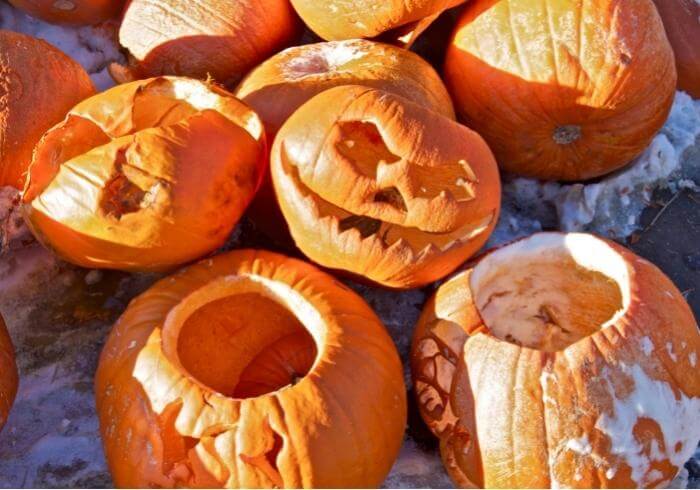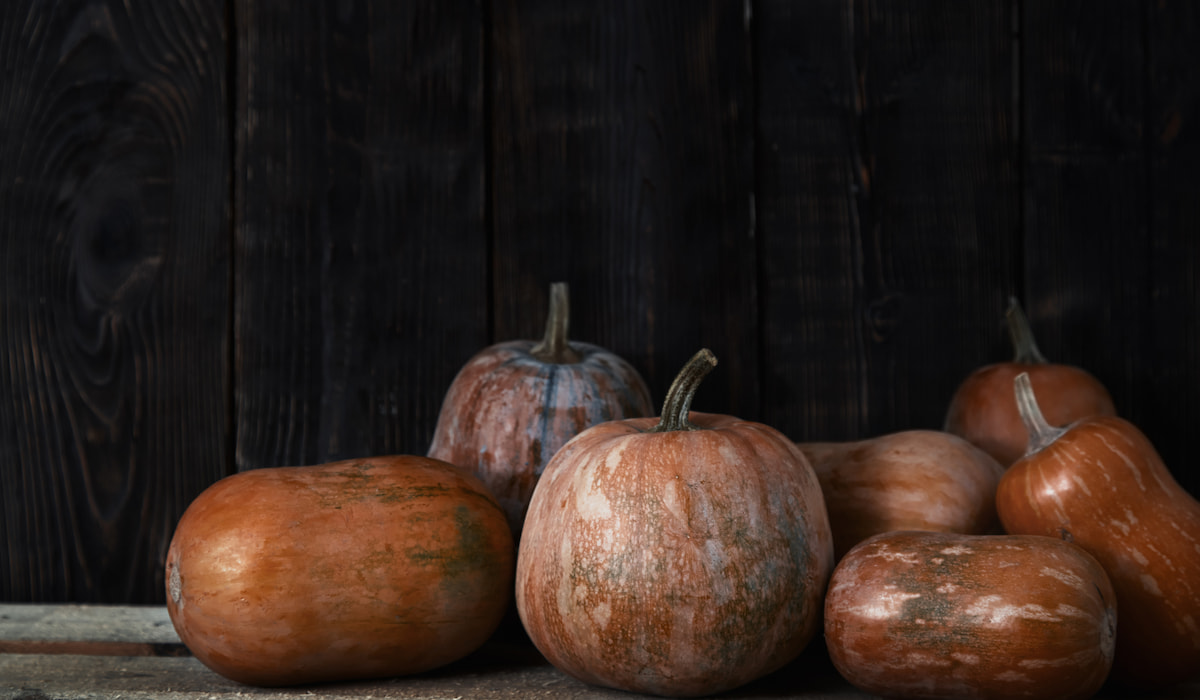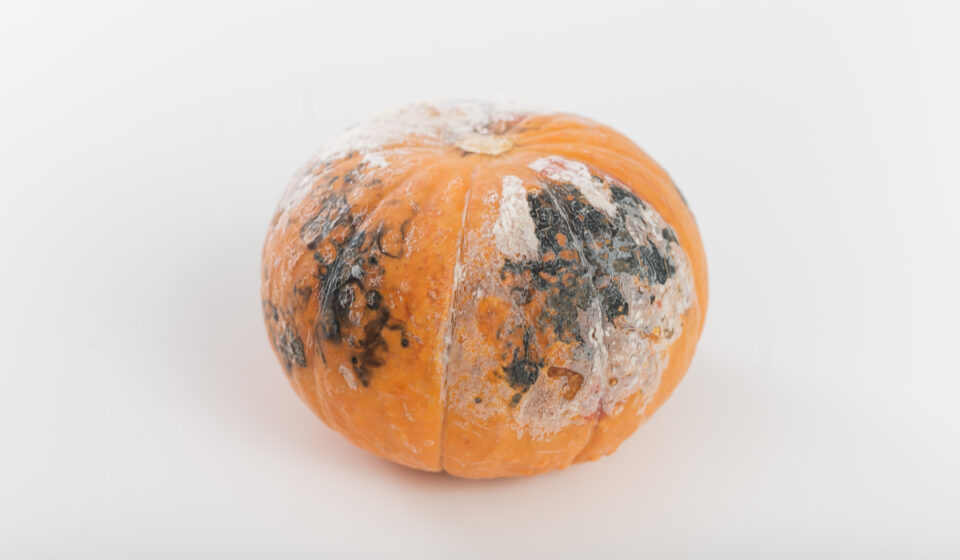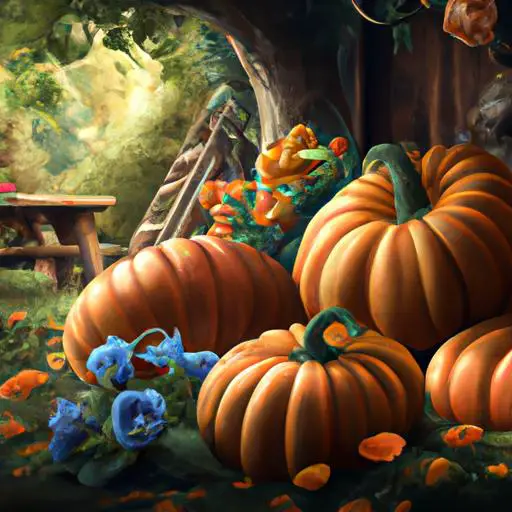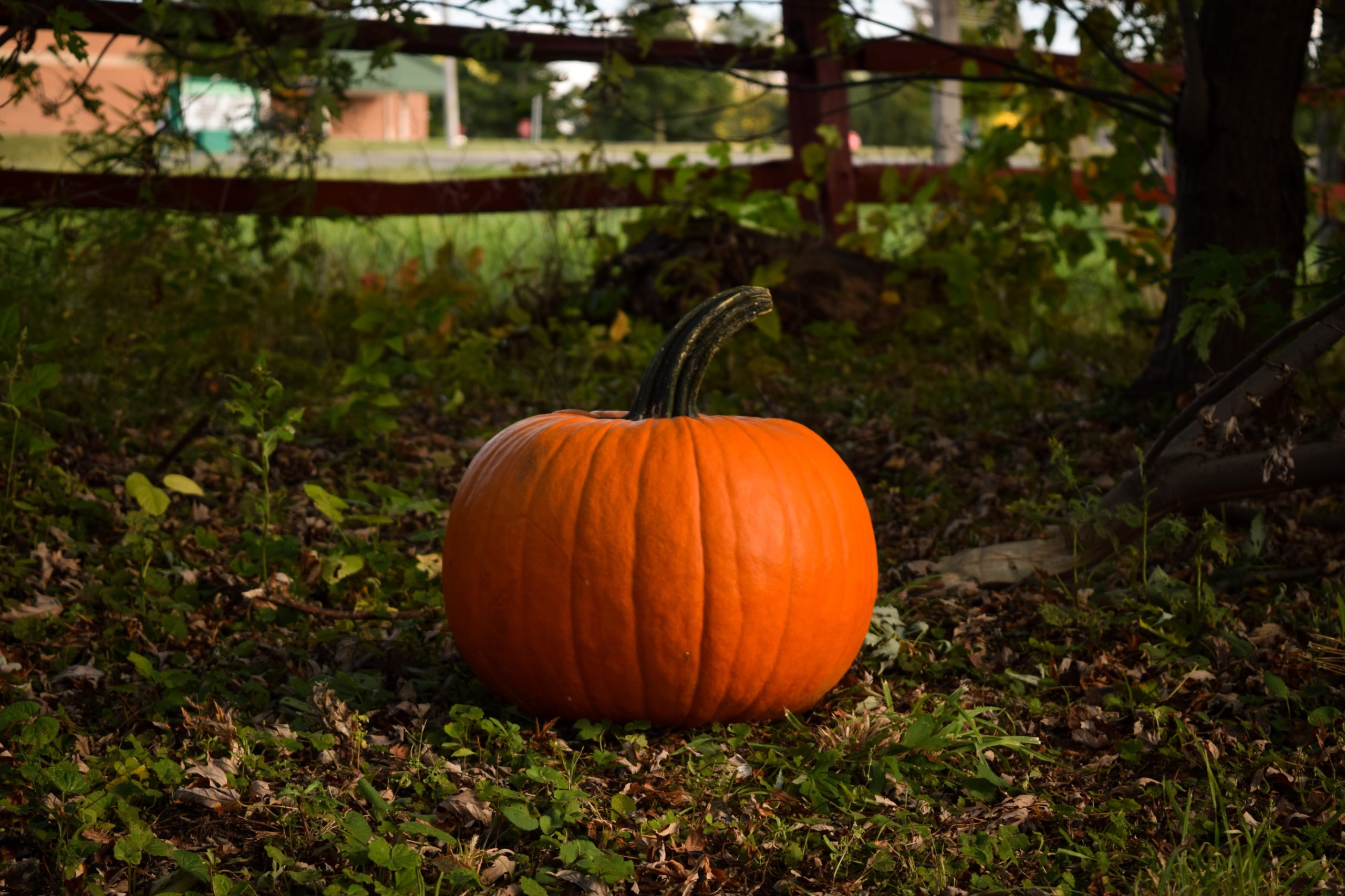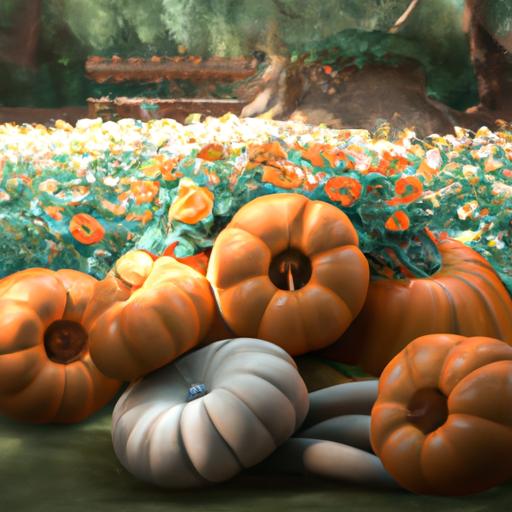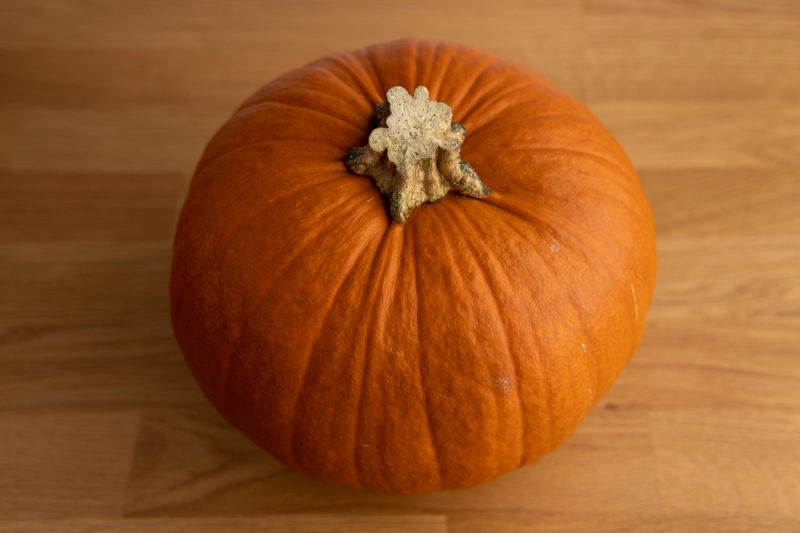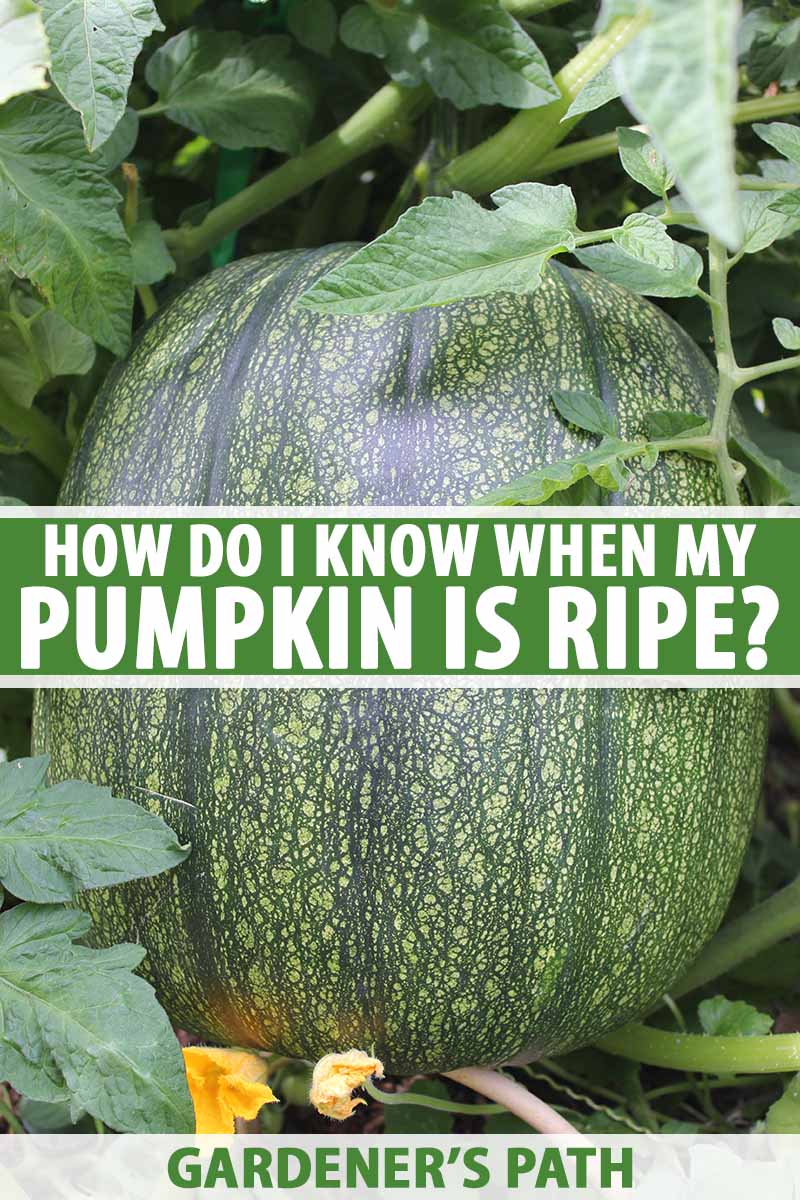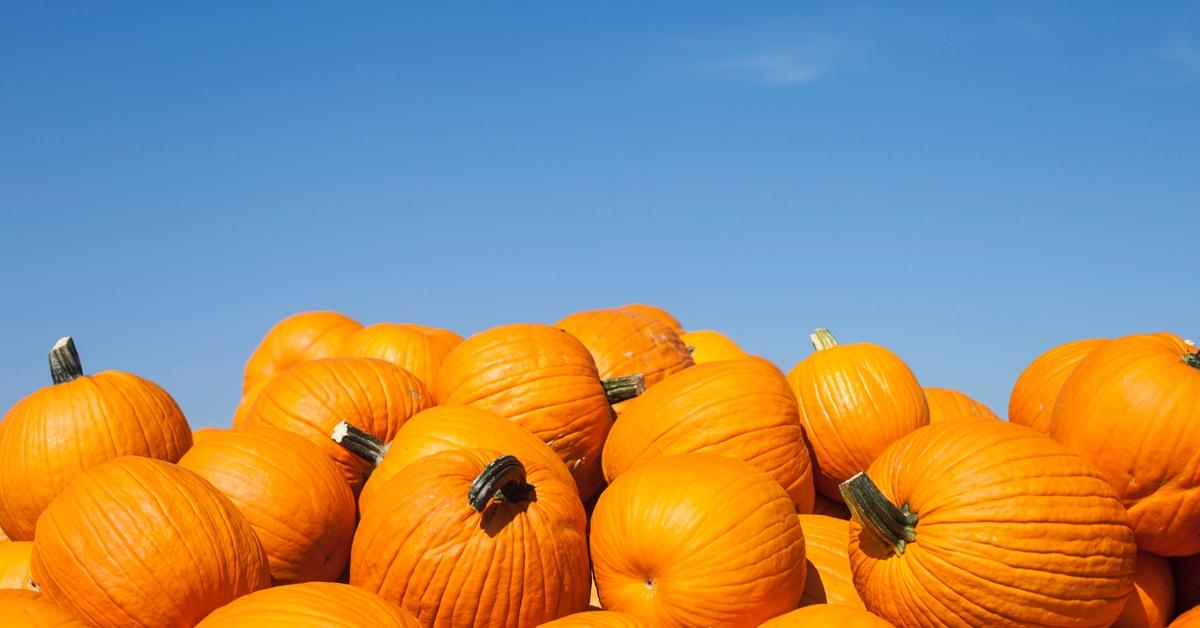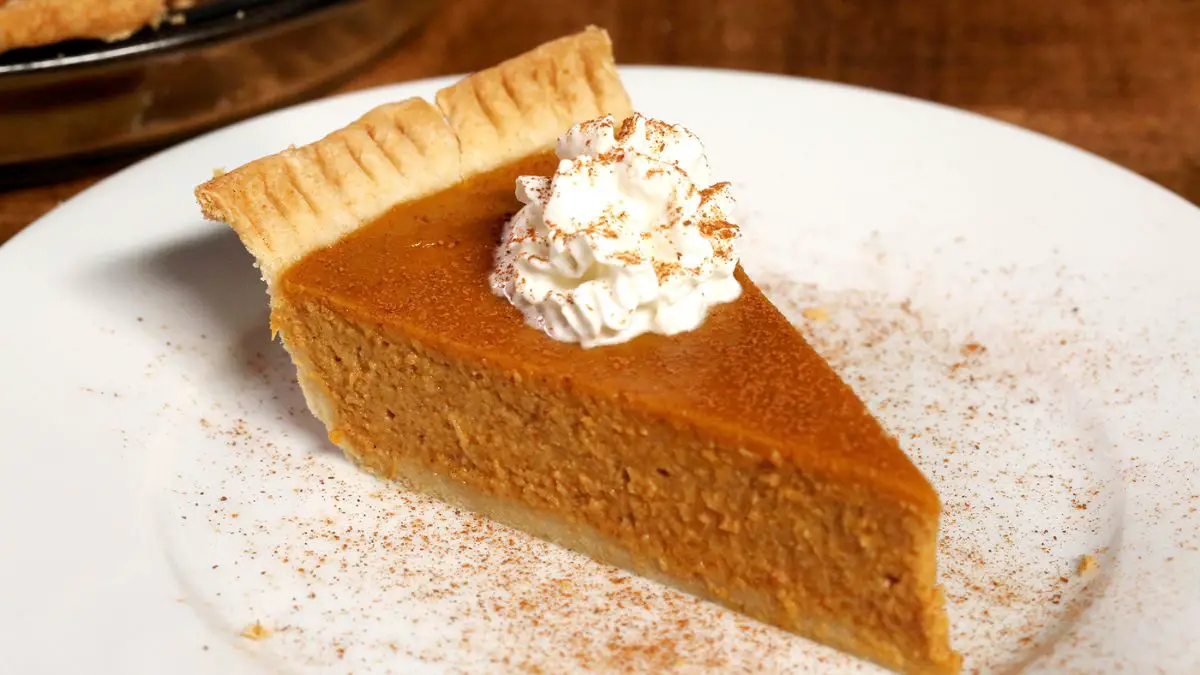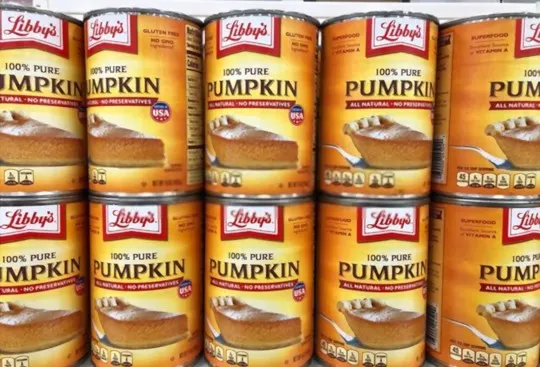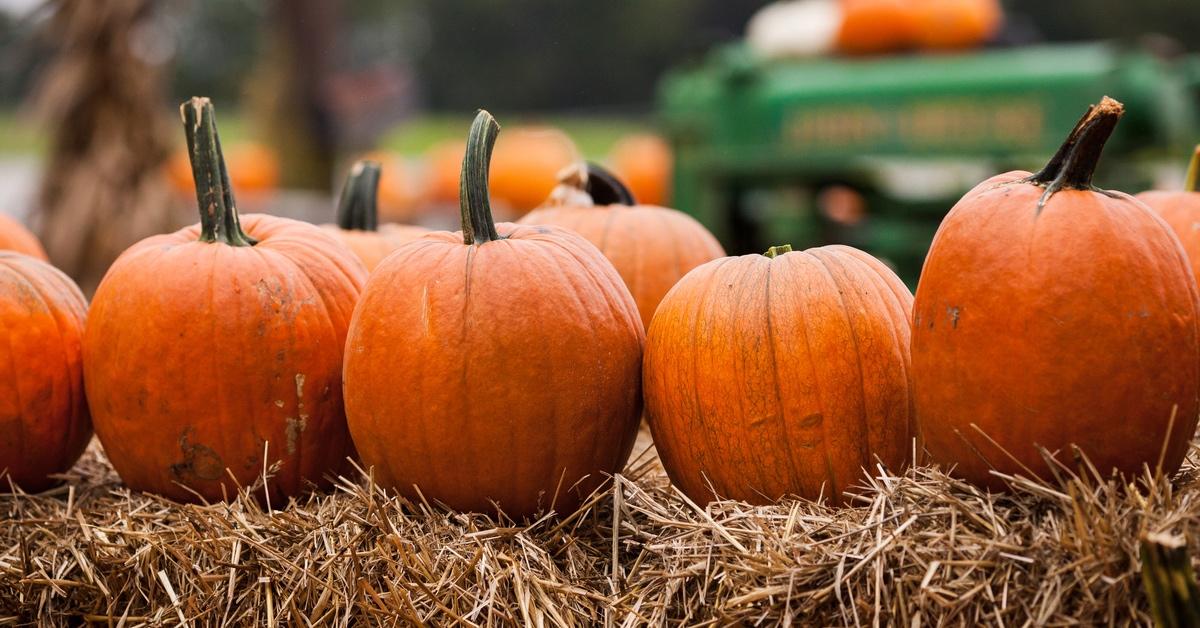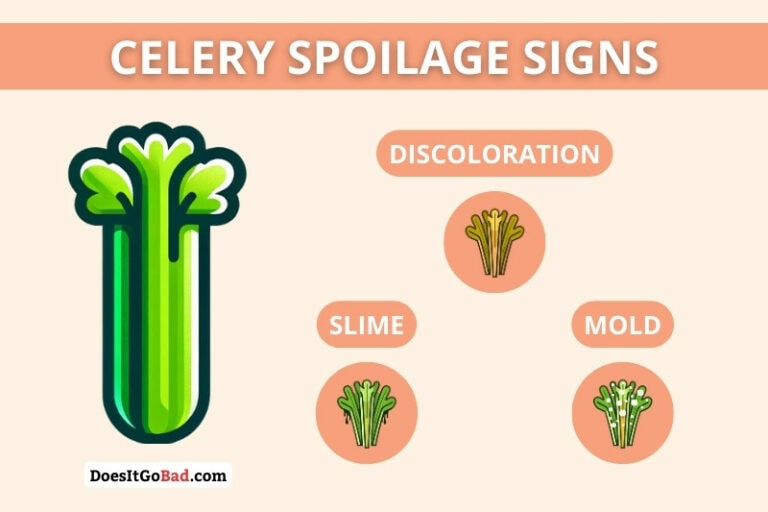How To Know If Pumpkin Is Bad
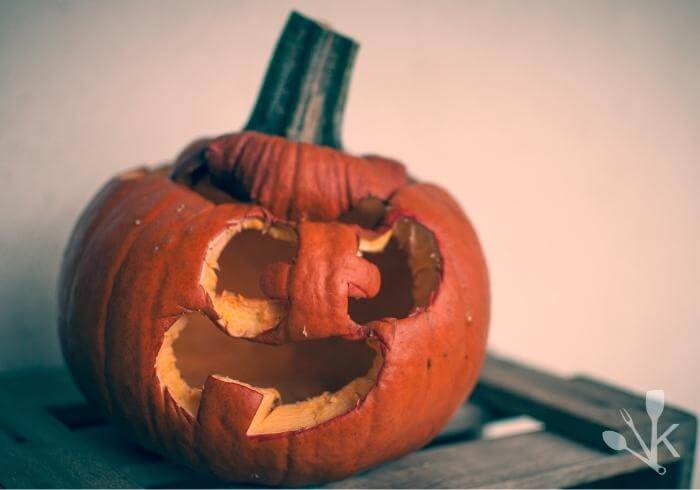
The crisp autumn air bites at your cheeks, carrying the scent of woodsmoke and roasted spices. A vibrant orange pumpkin, plump and promising, sits proudly on your porch, awaiting its transformation into a jack-o'-lantern masterpiece or a comforting pie. But a nagging question lingers: is it still good?
Determining if a pumpkin has gone bad is crucial for food safety and preventing a spooky surprise in your culinary creations. This guide will walk you through identifying signs of spoilage in whole pumpkins, cut pumpkins, and pumpkin puree, ensuring your fall festivities remain delightful and delicious.
The Allure of the Pumpkin: A Fall Staple
Pumpkins, members of the Cucurbitaceae family, have a rich history intertwined with autumn traditions. Native to North America, they were a vital food source for indigenous populations long before European colonization. Pumpkins are not only delicious but also packed with nutrients like vitamin A, fiber, and antioxidants.
Pumpkins hold immense cultural significance, deeply connected to Halloween and Thanksgiving celebrations. From jack-o'-lanterns grinning on porches to pumpkin pies gracing holiday tables, these gourds symbolize the bounty and warmth of the season. According to the USDA (United States Department of Agriculture), pumpkin consumption spikes dramatically during the fall months, highlighting their seasonal popularity.
Spotting Spoilage: Whole Pumpkins
Inspecting a whole pumpkin for signs of spoilage is the first line of defense. Visual cues are your best friend. Look closely at the pumpkin's exterior.
Soft spots are a major red flag. These indicate decay has begun beneath the surface. Any bruises or areas of discoloration should also raise suspicion.
Pay attention to the stem. A healthy stem is firm and green or brown. A shriveled, moldy, or detached stem suggests the pumpkin's integrity has been compromised.
Give the pumpkin a gentle squeeze. It should feel firm and solid. If it yields easily or feels hollow, it's likely past its prime.
Smell is another important indicator. A fresh pumpkin should have a mild, earthy scent. A sour, rotten, or fermented odor is a clear sign of spoilage.
You can also tap on the pumpkin. A ripe pumpkin will sound hollow. A dull thud can suggest it is starting to rot from the inside.
Cut Pumpkins: A Race Against Time
Once a pumpkin is cut, its lifespan significantly decreases. The exposed flesh becomes vulnerable to bacteria and mold. Vigilance is key in monitoring cut pumpkins.
Check for changes in texture. Slimy or mushy areas on the cut surface are strong indicators of spoilage. Avoid consuming any part of the pumpkin that exhibits this texture.
Mold growth is another obvious sign. Even small spots of mold can quickly spread. Discard the entire pumpkin if you find significant mold growth.
Pay attention to the smell. Any foul or unpleasant odor emanating from the cut pumpkin is a warning sign. Trust your nose; it's often the most reliable indicator.
Store cut pumpkin properly to extend its lifespan. Wrap it tightly in plastic wrap and refrigerate it immediately. Use it within a few days for optimal quality and safety.
Extending the Life of Your Carved Masterpiece
Carved pumpkins are particularly susceptible to spoilage due to the exposed flesh. There are steps you can take to prolong their lifespan. Consider spraying the inside and outside with a bleach solution (1 tablespoon of bleach per gallon of water).
Keep your carved pumpkin in a cool, shaded location. Direct sunlight and warm temperatures accelerate decay. Applying petroleum jelly to cut surfaces can help prevent dehydration.
Pumpkin Puree: Jarred or Homemade
Pumpkin puree, whether store-bought or homemade, requires careful attention to storage and spoilage indicators. Pay close attention to the packaging or appearance.
For jarred or canned puree, check the expiration date. While the puree may still be safe to consume after the date, its quality may decline. Discard any cans or jars that are bulging, dented, or leaking.
Once opened, transfer leftover puree to an airtight container. Store it in the refrigerator and use it within a week. Mold, discoloration, or a sour smell indicate spoilage.
Homemade pumpkin puree should be cooled completely before refrigerating. Store it in an airtight container and use it within 3-4 days. Similar to store-bought puree, watch for mold, discoloration, or off odors.
The Freezer Option: Preserving Your Pumpkin Bounty
Freezing pumpkin puree is an excellent way to extend its shelf life. Divide the puree into freezer-safe bags or containers. Label and date them clearly. Frozen pumpkin puree can last for several months.
Food Safety First: When in Doubt, Throw it Out
When it comes to food safety, it's always best to err on the side of caution. If you are unsure about the condition of your pumpkin, it's best to discard it. Consuming spoiled pumpkin can lead to unpleasant gastrointestinal symptoms. The CDC (Centers for Disease Control and Prevention) emphasizes the importance of proper food handling to prevent foodborne illnesses.
Clostridium botulinum, a bacteria that can produce a deadly toxin, thrives in improperly stored or processed canned goods, including pumpkin. Although rare, botulism is a serious concern. Discard any canned pumpkin that shows signs of spoilage, such as bulging or leaking cans.
Beyond the Discard: Composting and Responsible Disposal
If your pumpkin has spoiled, consider composting it instead of simply throwing it away. Pumpkins are a valuable source of nutrients for your compost pile. Remove any seeds before composting, as they can sprout. Chop the pumpkin into smaller pieces to speed up the decomposition process.
Alternatively, you can offer your pumpkin to local farms or animal sanctuaries. Many farms accept pumpkins as feed for livestock. Check with local organizations to see if they have a pumpkin collection program.
Celebrating the Season, Safely
As the leaves turn and the days grow shorter, pumpkins remain a beloved symbol of autumn. By understanding how to identify signs of spoilage, you can enjoy the flavors and traditions of the season without worry. From carving jack-o'-lanterns to baking pumpkin pies, celebrate the bounty of autumn responsibly and safely.
So, embrace the pumpkin spice, revel in the crisp air, and create lasting memories this fall, knowing you have the knowledge to ensure your pumpkin experiences are nothing but delightful.
